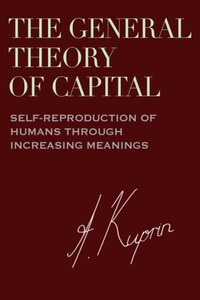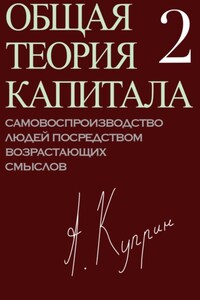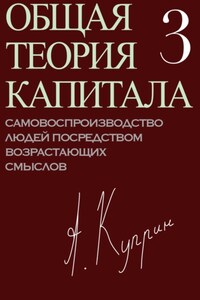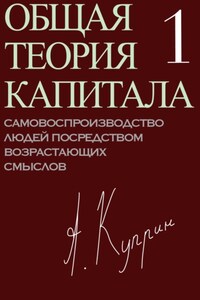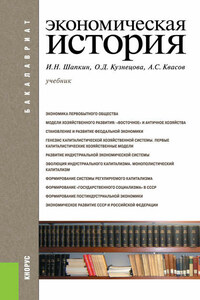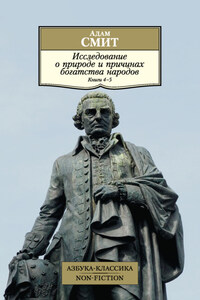“The level which a science has reached is determined by how far it is capable of a crisis in its basic concepts” (Heidegger 1962, p. 29).
“In matters of culture, haste and sweeping measures are the most harmful” (Lenin 1975, pp. 734-5).
The theory of capital has gone through many vicissitudes. First in classical political economy. Then in Karl Marx’s Das Kapital and the discussions around it in the late 19th and early 20th centuries. Then in the works of John Maynard Keynes, Friedrich Hayek and Frank Knight and their discussions in the 1930s. Finally in the Cambridge Capital Debate 1950s to 1970s. In fact, the investigation of the nature of capital ended with the dispute between the two Cambridges. The dispute itself has no clear conclusions other than that capital is the result of human activity, which is obvious since capital does not exist in nature outside of human culture. After the fall of the socialist camp, there were no broad discussions about the nature of capital. Thomas Piketty’s Capital in the Twenty-First Century (2013), although it contains the word “capital” in its title, does not attempt to re-explain its nature. It is time to re-examine the issue of capital using the insights of economics and other sciences.
The development of the theory of capital inevitably requires reference to the works of Marx. Because of its historical influence on the thoughts and destinies of people all over the world, Marxism is a stumbling block that cannot be bypassed or pushed aside. The influence of Marxism is determined not only by the unity of its theoretical form, but also by the integrity of its ideological content. Marxism as a theory and ideology must be overcome, and this cannot be achieved by its total denial. Marxism can be overcome only by developing a more general theory and a more relevant ideology, in relation to which the results of Marx would be only a special case.
The general theory of capital requires taking into account the achievements of economic science after Marx—the Marxist, neoclassical, Keynesian, Austrian, neo-institutional and other schools. If a general theory of capital is possible, these competing theories must ultimately be, to some extent, special cases of it.
To understand the nature of capital, we must consider its historical, logical and practical limits. It is not enough to trace the lower historical limit of capital, the path of its emergence from traditional society. It is also necessary to chart its upper limit, the path of its transition to another society that comes after capital. What will this other society look like? This question is of great importance for the construction of a general theory of capital. Considering these two limits dictates the structure of our book. It consists of three parts devoted to the origin, the peak and the decline of capital.
The first part of the book is devoted to the lower limit, the origin of capital from traditional society. It is impossible to develop a theory of capital without a concept of money and prices. The path to capital inevitably leads through exchange value, so we must return to the labor theory of value and the marginal utility theory to find their common ground. The lower limit of capital can only be understood by turning to abstract questions about human culture, its origins and its development. Here we must repeat after Albert Einstein:
“The initial hypotheses become steadily more abstract and remote from experience. On the other hand, it gets nearer to the grand aim of all science, which is to cover the greatest possible number of empirical facts by logical deduction from the smallest possible number of hypotheses or axioms. Meanwhile, the train of thought leading from the axioms to the empirical facts or verifiable consequences gets steadily longer and more subtle. The theoretical scientist is compelled in an increasing degree to be guided by purely mathematical, formal considerations in his search for a theory, because the physical experience of the experimenter cannot lead him up to the regions of highest abstraction” (Einstein 1954, p. 282).
In order to clarify the starting points of the general theory of capital, we are in many cases forced to resort to formal and abstract reasoning. However, there are no mathematical formulas in our book.
The second part of the book examines capital at its peak. Paradoxically, at least since the 19th century, the opponents of capital have contributed no less to its success than the capitalists themselves. Marx developed and began to implement a strategy in favor of the working class. Antonio Negri even calls Lenin a “factory of strategy” (Negri 2014). Insofar as the ultimate goal of Marx and Lenin’s strategy was the “emancipation of labor,” it has not been yet achieved. Soviet socialism and Western capitalism have been unable to solve the problem of coordinating personal and public interests. The East could not cope with the dictatorship of the plan just as the West cannot cope with market anarchy. The mixed economy that Paul Samuelson hoped for (cf. Samuelson and Nordhaus 2010, pp. xvi-xvii) offers no answer. The “mixed economy” is a purely external combination of planned and market approaches, it does not provide an understanding of the inherent processes and therefore does not allow us to change society. We need a new model that takes into account the deep laws underlying the advance of technologies, institutions and ideas.
There were gaps in Marx’s argument that indicated promising avenues for further research. These gaps were due to both objective factors (the state of science and society at the time), and subjective factors (that is, Marx’s ideology). We mean the following points:
● Reducing the complexity of labor to the ratio between simple and complex labor and the associated disregard for changes in the complexity of the labor power and society as a whole;
● Considering surplus value as the result of the labor of individual workers, considering gross surplus value as the result of the labor of the working class;
● Focusing on only one side of the capitalist process—socialization, without working out the other side—individualization—in sufficient detail;
● Disregarding limitations on population growth, etc.
The third part is devoted to the upper limit of capital, its final transition. Marx formulated the conditions for the capitalist reproduction to cease: a fall in the rate of profit and the demise of capitalist private property. However, neither Marx nor his followers were able to describe the reproduction mode that would replace the capitalist one. The non-economic exploitation and state ownership on which 20th-century socialism was based were more a return to what preceded capital, than an advance to what will follow it.
